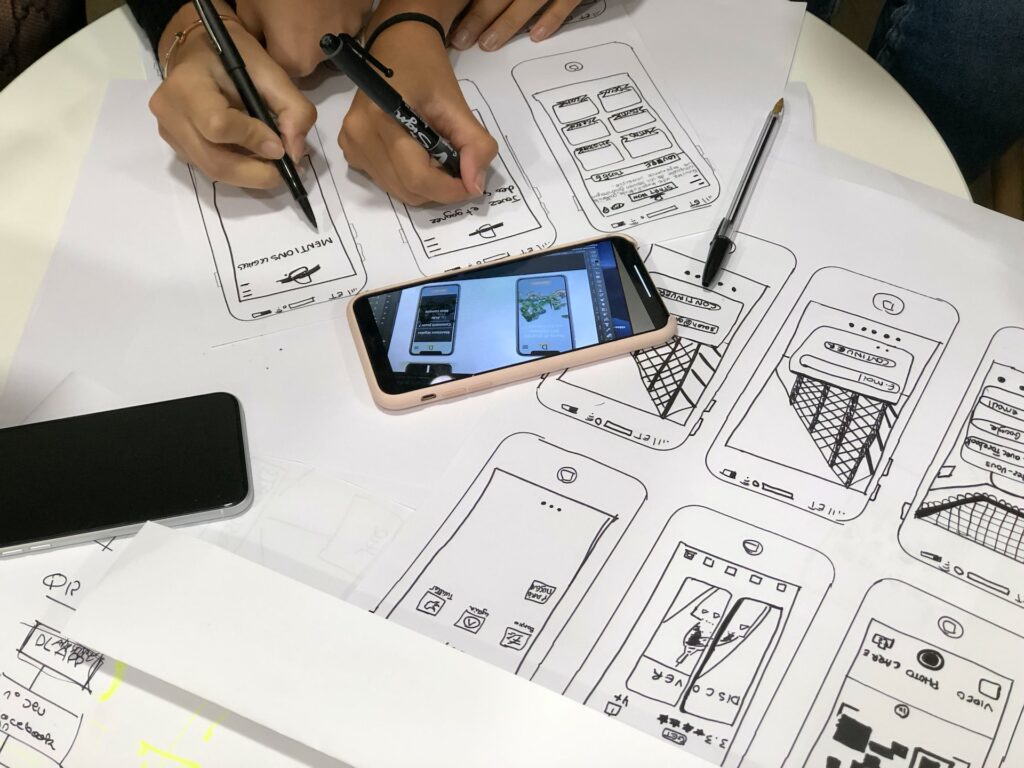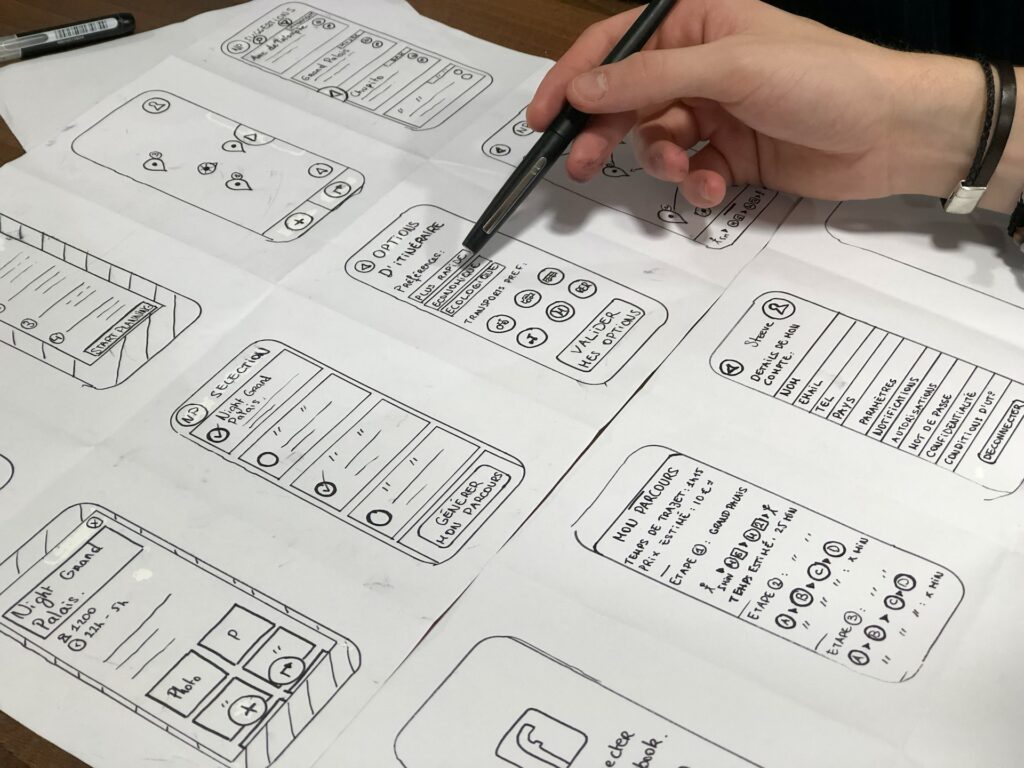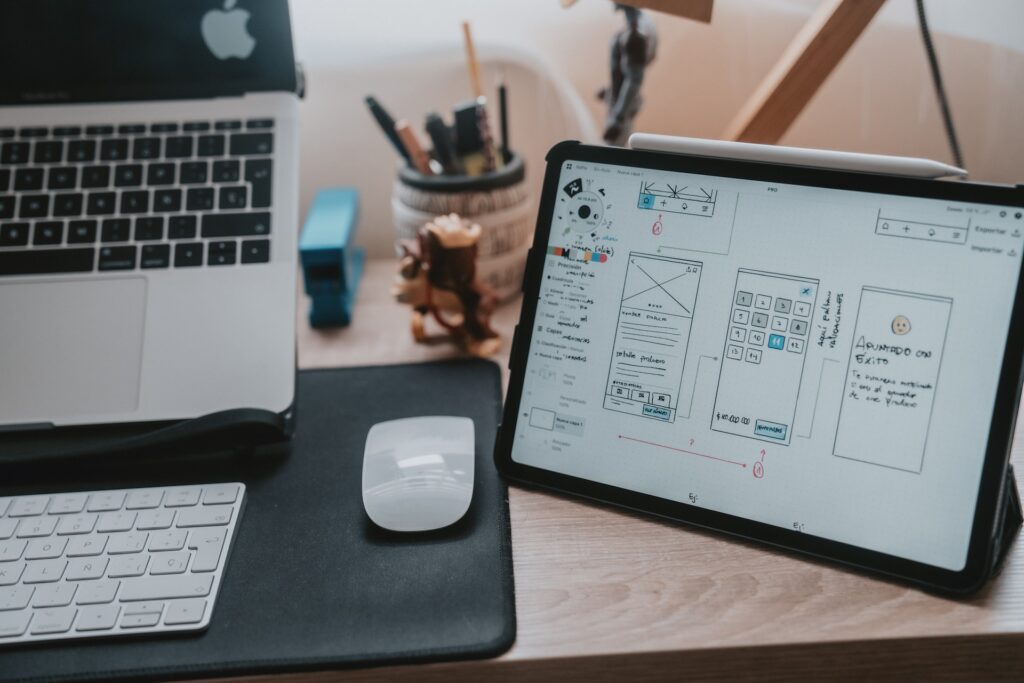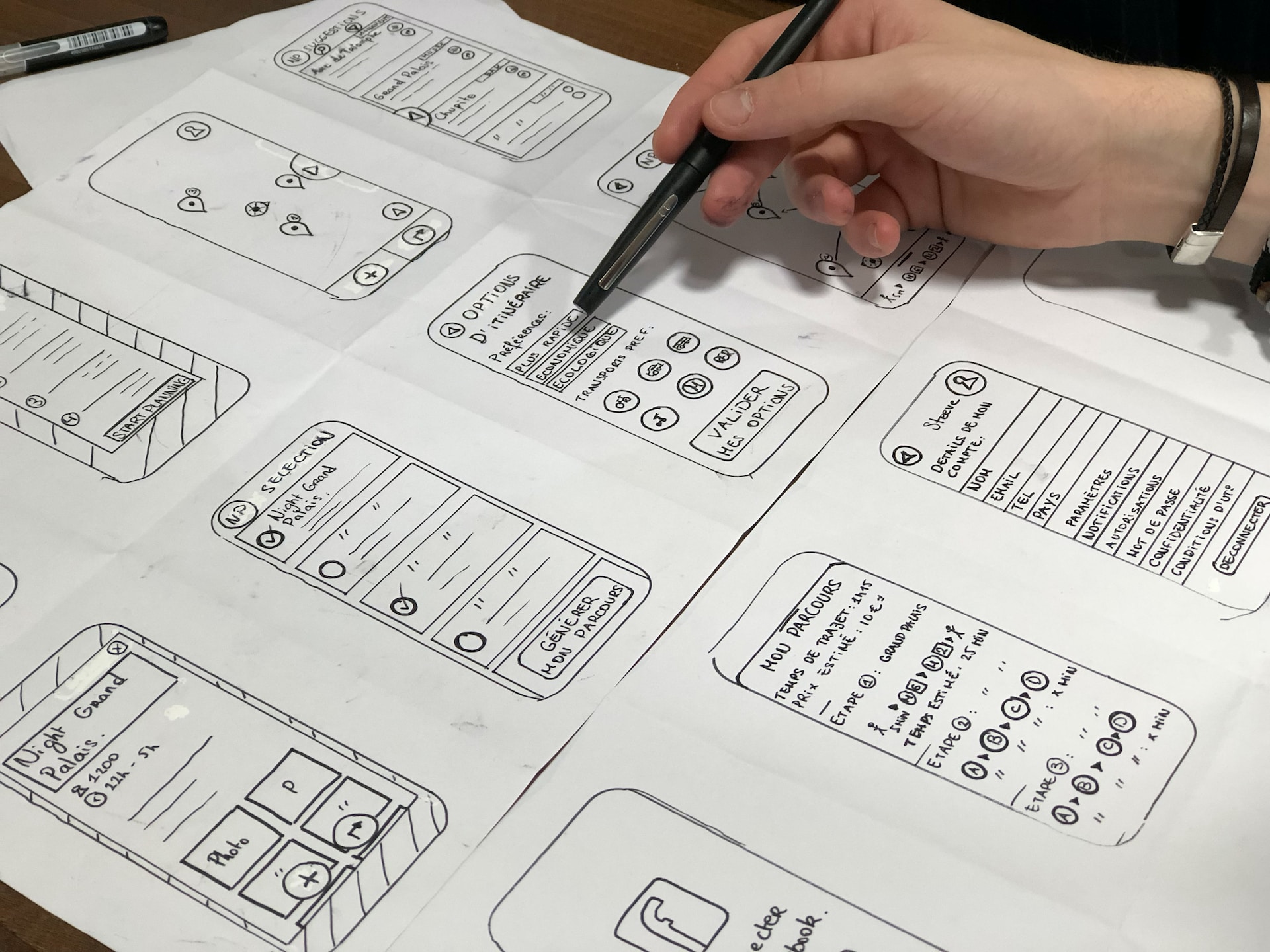As technology continues to evolve, the importance of user experience (UX) design cannot be overstated. UX design is the process of creating products and services that are user-centered, intuitive, and enjoyable to interact with. It involves understanding user needs, conducting user research, and applying design principles to create a seamless experience. In this article, we will explore the role of a UX designer, the principles and best practices of UX design, and the considerations for designing successful user experiences.

What is a UX Designer?
A UX designer plays a crucial role in the development of digital products and services. They are responsible for understanding user needs and translating them into effective design solutions. A UX designer collaborates with cross-functional teams, including product managers, developers, and visual designers, to ensure that the end product meets user expectations and business goals.
So, what does a UX designer do? They conduct user research to gain insights into user behavior, preferences, and pain points. They create user personas, which are fictional representations of different user types, to guide the design process. UX designers also focus on information architecture and wireframing, organizing content, and designing the structure of a product or service. Their expertise extends to visual design and aesthetics, as they create visually appealing interfaces that align with the brand identity and enhance the overall user experience.

6 UX Design Principles & Best Practices
To design successful user experiences, UX designers follow a set of principles and best practices. One of the fundamental principles is to prioritize user needs and goals. By understanding what users want to achieve, UX designers can create intuitive and efficient experiences. They also focus on simplicity, ensuring that the design is clear and easy to understand, minimizing cognitive load for users.
Another key principle is consistency. Consistent design elements and patterns across a product or service help users navigate and interact with ease. UX designers also consider the hierarchy of information, using visual cues such as color, size, and typography to guide users’ attention to the most important elements. Additionally, they emphasize the importance of feedback and error prevention, providing users with clear feedback for their actions and minimizing the occurrence of errors.

1. User Research & Understanding User Needs
User research is a critical step in the UX design process. It involves gathering insights about the target audience through methods such as interviews, surveys, and observation. By understanding the needs, preferences, and pain points of users, designers can make informed decisions and create designs that truly resonate with the intended audience. User research also helps identify any gaps or opportunities that can be capitalized on to improve the overall user experience.
2. Creating User Personas
User personas are fictional representations of the target audience based on real user data. They help designers understand and empathize with different user types. By creating detailed personas, designers can design for specific user needs and preferences. User personas take into account factors such as demographics, motivations, goals, and behaviors. This human-centered approach ensures that the final design is tailored to the specific needs of the target audience.

3. Information Architecture & Wireframing
Information architecture refers to the organization and structure of information within a digital product. It involves creating a clear hierarchy and navigation system that allows users to find what they need easily. Wireframing, on the other hand, is the process of creating a visual representation of the user interface without any design elements. Wireframes help designers and stakeholders visualize the layout and functionality of a product before diving into visual design. Both information architecture and wireframing play a crucial role in creating intuitive and user-friendly designs.
4. Visual Design & Aesthetics in UX Design
Visual design is an integral part of UX design. It encompasses the use of color, typography, imagery, and other visual elements to create a visually appealing and cohesive design. Visual design not only enhances the aesthetics of a product but also plays a significant role in guiding users and communicating information effectively. It is important to strike a balance between aesthetics and usability to create a visually pleasing design that is also functional and user-friendly.

5. Interaction Design & Usability Testing
Interaction design focuses on how users interact with a product or service. It involves designing intuitive and seamless interactions that enable users to accomplish their goals effortlessly. Usability testing is a crucial step in the UX design process. It involves observing users as they interact with a prototype or a live product and gathering feedback on its usability. Usability testing helps identify any usability issues or areas for improvement, ensuring that the final design meets user expectations and needs.
6. Mobile UX Design Considerations
In today’s mobile-first world, designing for mobile experiences is paramount. Mobile UX design involves optimizing designs for smaller screens, touch interactions, and limited attention spans. It requires careful consideration of factors such as load times, responsive layouts, and thumb-friendly navigation. Mobile UX design should prioritize simplicity, efficiency, and context-awareness to create a seamless user experience on mobile devices.
The Importance of Responsive Design in UX
Responsive design is a crucial consideration in UX design. It ensures that a website or app adapts to different screen sizes and devices, providing a consistent and optimized user experience across platforms. With the increasing use of smartphones and tablets, responsive design has become a necessity rather than a luxury. A responsive design not only improves user experience but also boosts search engine rankings and increases conversion rates.

UX Web Design Trends to Watch Out for
The field of UX design is constantly evolving, and it is important for designers to stay updated with the latest trends and best practices. Some of the current UX web design trends include microinteractions, dark mode, voice user interfaces, and augmented reality. These trends aim to enhance the user experience by incorporating interactive and immersive elements into designs. However, it is essential to evaluate these trends carefully and consider their relevance to the target audience and the goals of the project.
Conclusion
In conclusion, UX design is a critical component of creating successful digital products and services. By understanding user needs, following UX design principles, and considering factors such as information architecture, visual design, and interaction design, designers can create intuitive and enjoyable experiences for users. Whether it’s through user research, creating user personas, or conducting usability testing, UX designers play a crucial role in ensuring that digital experiences are user-centered and effective. So, the next time you interact with a well-designed website or app, take a moment to appreciate the thought and effort that went into creating a seamless user experience.







